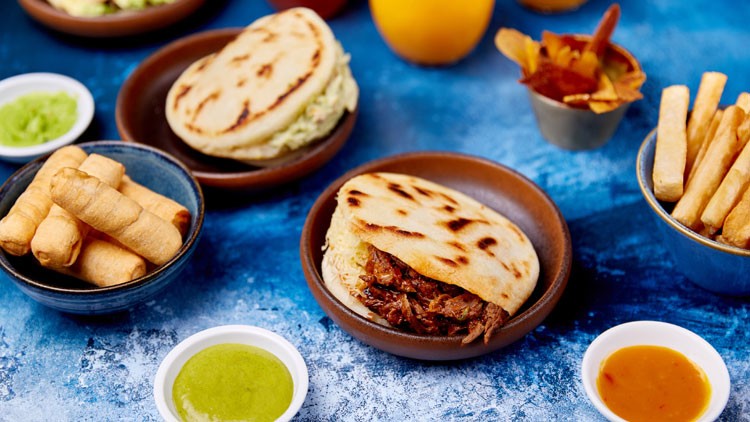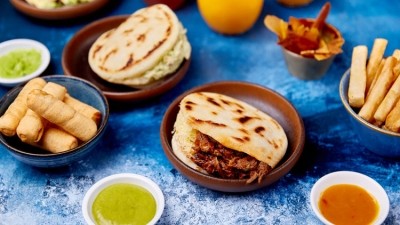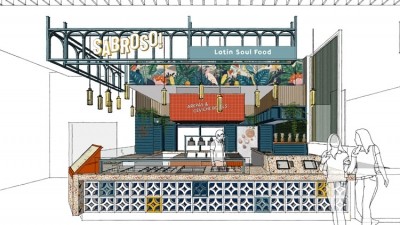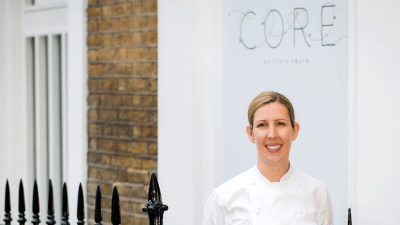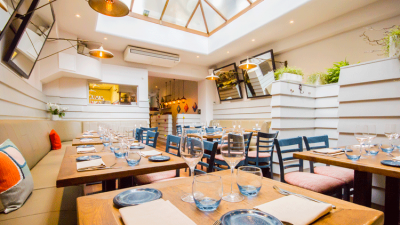Gabriel Gonzalez: "We're keen to regain Lima London's Michelin star"
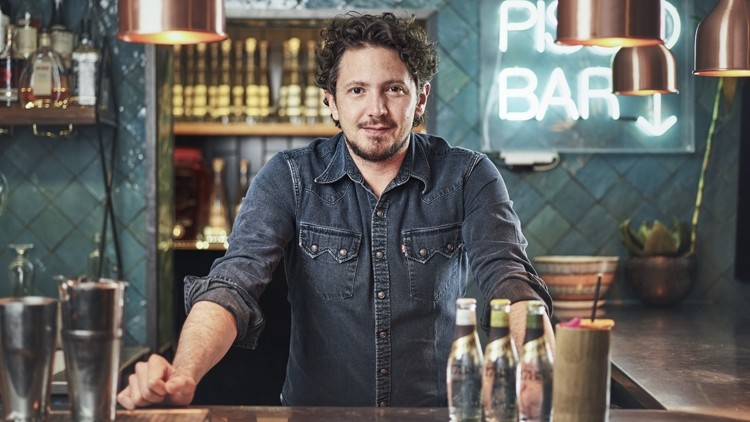
That's some leap - fine dining to fast-casual...
It’s something José-Luis and I have been discussing for a couple of years. Working in a premium space, we’ve seen the market shift further towards the fast-casual arena. Attitudes towards traditional dining have changed, but what remains is an appetite to try something new, and that’s what we wanted to do; to move away from the full-service model we’ve occupied for a number of years with Lima. We wanted to create a format that gave diners the freedom to create their own meals. It had to be affordable and have a grab-and-go element. But more than anything we wanted to ensure it was an offering people would view as both delicious and high quality.
What's on the menu?
We chose the name because it means ‘tasty’ in Spanish (it was originally going to be named after the Venezuelan capital Caracas), and because we think it captures the vibrant flavours and spirit we want the restaurant to exhibit. My brother and I have always had this idea of creating a concept focused on arepas, which was one of the staple foods of our upbringing in Venezuela. It’s essentially a sandwich: pockets of shallow-fried cornbread served with a choice of fillings including braised beef; roast chicken; and, as a vegetarian option, Venezuelan cheese with avocado.
We’re also doing poke-inspired ceviche bowls available with a base of quinoa or rice and topped with either salmon, tuna or aubergine. Admittedly, this is less related to Venezuelan cuisine, but we’re familiar with ceviche having served it at Lima for years. And they’re easily customisable, which is perfect for the fast-casual market.
We’ve also got sides, including beef empanadas and yuca fries. And for drinks there’s going to be a range of fresh tropical juices that can be ‘made happy’ with a shot of rum on request.
Shopping centres are quite competitive, is that a concern?
What we’ve created is a simple offering, with a menu that’s easy to navigate at a price that’s competitive – arepas are £6.95, and the ceviche bowls £9. The real challenge from our standpoint is familiarity; when people are looking for a quick bite to eat in somewhere like Westfield, they tend to opt for something they’re already accustomed to. For us, it’s going to be about making sure people are familiar with our product, so they view us as a viable dining option.
How will you overcome that?
It’s all about communication. The challenge is similar to that previously faced by operators looking to bring other street food dishes, like burritos and bao buns, into the wider public consciousness. Our focus is on ensuring we get the messaging right. Our staff are trained to be knowledgeable of the arepa and its heritage, which helps establish a strong brand identity. And we’re using vegan, gluten-free flour; so they’re also very accessible, and available witha variety of familiar fillings. I know it won’t be easy, but I do think that with the right branding there’s space to position the arepa as a future fast-casual staple.
Did you consider making Sabroso a premium offering?
We thought about it, but this is a simpler and less familiar offering to what we serve at Lima; entering it into a premium space would have been much more difficult. And, from a personal point of view, this is a project that is very special to me and my brother as we’ve never directly focused on the food of our childhood before, so we wanted to make it available on a more mainstream level.
Would you be interested in expanding the concept?
Definitely. Initially we thought about launching Sabroso as a food hall concept, and it’s still something we’re interested in exploring. We’d like to expand, but not aggressively as that would affect the quality. Now we’re focused on getting this site right, and then we’ll look at opening in other locations.
How are your Lima restaurants doing?
We’re in the process of making several changes behind the scenes both to the original Fitzrovia restaurant and the Lima Floral site in Covent Garden, in order to optimise both operations. Lima has a new head chef, and soon Lima Floral will too; ambitious characters, who are keen to introduce lots of innovative ideas on their individual menus. Rather than look to grow the brand, for now we want to take a step back and focus on making improvements. We once held a Michelin star at Lima London, and we’re keen to regain it.
Do you think there's still a strong appetite for premium Peruvian cuisine?
The market has certainly changed. Peru may be a small country, but there’s still plenty of areas to explore within its cuisine. And while consumer appetite isn’t as strong as it was when we first opened Lima, there is room for a resurgence if we make more of a conscious effort to shake things up and try out some new flavours and dishes.
Would you ever consider trying to move Lima in to the fast-casual arena?
No, it would be too difficult. The thing with Peruvian cuisine is many of the main ingredients involved are expensive to source, so moving it into a fast-casual space would mean sacrificing both quality and authenticity.
This is a web version of an article that first appeared in the November issue of Restaurant magazine, the leading title for the UK's restaurant industry. For more features, comment, interviews and in-depth analysis of the restaurant sector subscribe to Restaurant magazine here.
